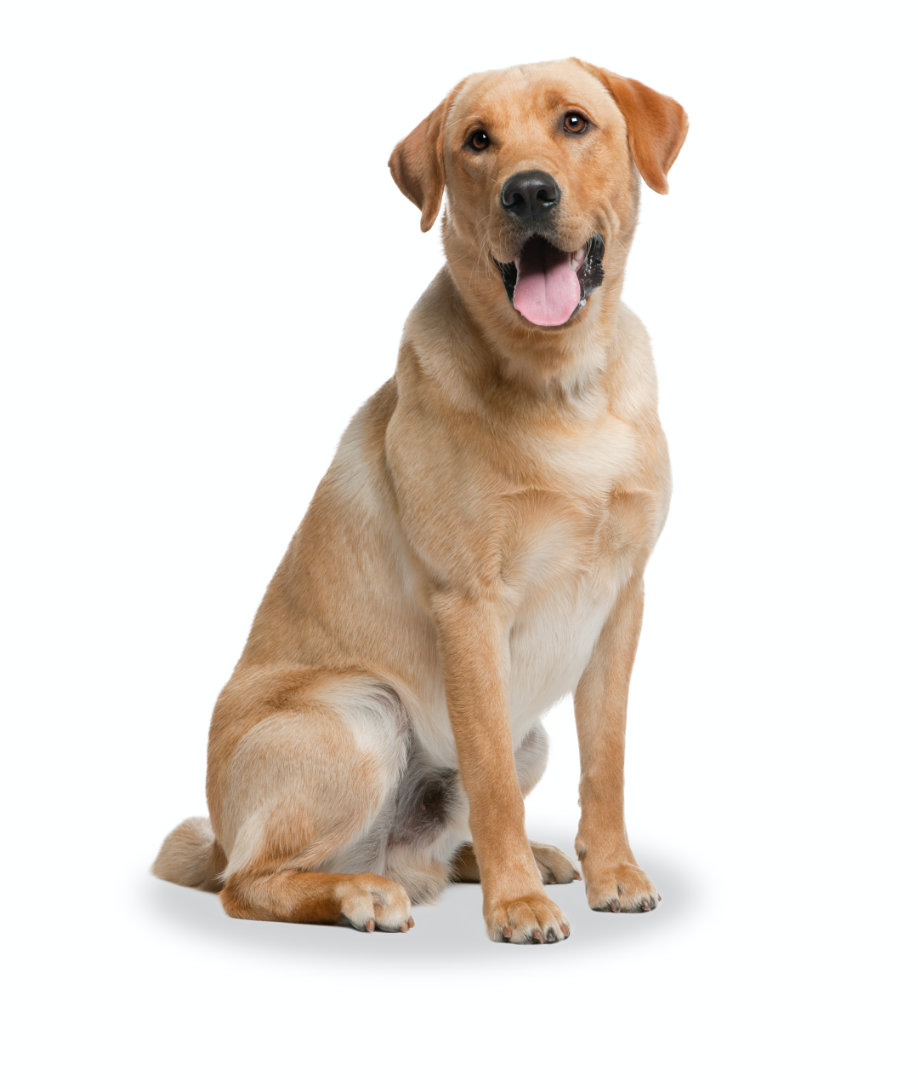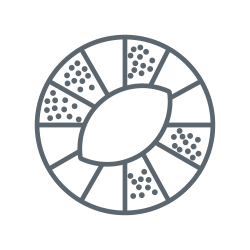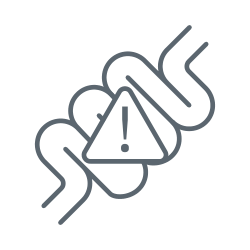Compromised fertility
Stay up to date with the latest mycotoxin information by signing up to our newsletter

Traditional livestock feeds such as wheat and corn – and other feedstuffs of vegetable origin, such as nuts, legumes and fruits – are also used as ingredients in commercial pet food. As a result, cats, dogs, birds, rabbits and guinea pigs can also be exposed to these potentially toxic fungal metabolites. In addition, rising feed prices mean a greater variety of carbohydrates such as tapioca, sweet potato and pea flour have become popular as pet food ingredients. Extreme weather, a variety of harvest and storage conditions – as well as long distance transport time – all impact adversely on these feed materials. Consequently, the risk of mould growth and associated mycotoxin contamination has become very high.


Compromised fertility

Damage to internal organs

Suppression of the immune system

Poor gut health
There are several stages at which mycotoxin contamination of pet foods can occur, including pre-harvest, storage and processing. Unfortunately, high temperature processing and extrusion of pet foods cannot inactivate all toxins.
Mitigating the potential threat of mycotoxin contamination is certainly a challenge for the pet food industry. Compared with the agricultural sector there has been less attention paid to the threat to companion animals. However, the threat is very real and the potential feed raw material contamination risks are the same for both industries.
The Alltech Mycotoxin Management Team provide a number of solutions to help you mitigate the threat you could face from mycotoxins.